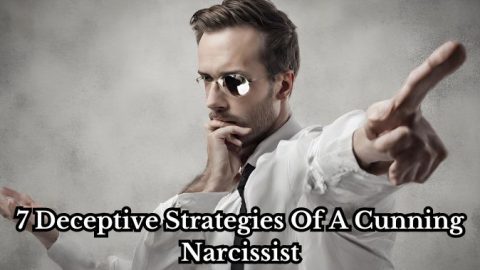What to do if you feel like you’re being targeted?
- Document Everything: Keep records of incidents, including dates, times, and descriptions. This can be useful if you need to involve authorities later.
- Reach Out for Support: Talk to friends, family, or colleagues about what you’re experiencing. Emotional support is essential.
- Report to Authorities: If the targeting involves illegal activities or threats, report it to the appropriate authorities.
- Use Privacy Settings: On social media, adjust your privacy settings to control who can see your information.
- Seek Professional Help: If the situation escalates or affects your mental health, consider seeking help from a mental health professional or counselor.
What is targeting a person?
Targeting a person generally refers to singling out an individual for negative attention, harassment, discrimination, or harm. This can happen in various contexts, including online spaces, workplaces, or social settings.
What is social targeting?
Social targeting often refers to the practice of tailoring content or advertisements to specific groups of people based on their demographics, interests, or online behavior. This is commonly seen in online advertising and social media algorithms.
What is an example of people-based targeting?
People-based targeting is a marketing strategy that focuses on delivering content or advertisements to specific individuals rather than broader demographics. For example, a company might use data on a user’s online behavior, preferences, and demographics to show them personalized ads for products or services they are likely to be interested in. This can be seen in targeted advertising on social media platforms.
Conclusion
Empowering victims to take control is central to combating gangstalking. By spreading awareness, breaking the silence, and advocating for legal changes, we can collectively work towards eradicating this covert form of harassment.




